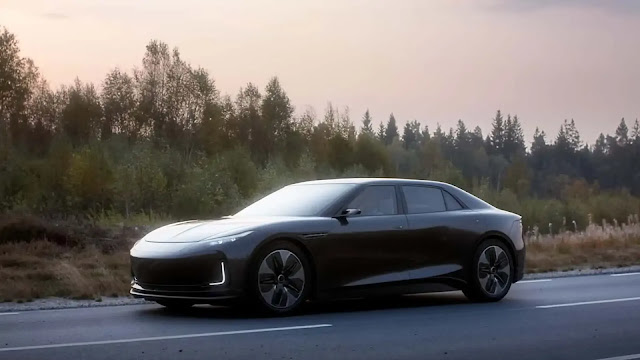Unplugged: The Controversial Realities of an All-Electric Future
As the world eagerly embraces electric vehicles (EVs) and strives for a greener future, it is essential to critically examine the potential challenges and drawbacks associated with a complete transition to an all-electric society. While the environmental benefits of EVs are widely acknowledged, this article aims to shed light on the less-discussed concerns and consequences that may arise from a wholesale shift to electric mobility.
1. Strain on Power Grid:
As the number of EVs on the road increases, the demand for electricity will skyrocket. This surge could put immense pressure on existing power grids, leading to potential blackouts and power supply instability. Upgrading the infrastructure to accommodate this influx may require substantial investments and time-consuming construction projects.
2. Dependency on Rare Earth Minerals:
Electric vehicles rely heavily on rare earth minerals, such as lithium, cobalt, and nickel, for their batteries. The extraction and processing of these minerals often result in significant environmental degradation and human rights abuses, particularly in developing countries where regulation and oversight may be lacking. The growing demand for these minerals may exacerbate these issues and perpetuate an unsustainable cycle.
3. Environmental Impact of Battery Production and Disposal:
While EVs produce zero emissions during operation, the production and disposal of their batteries present their own set of environmental challenges. Battery manufacturing involves energy-intensive processes and the extraction of raw materials, which can lead to increased carbon emissions and resource depletion. Additionally, the proper recycling and disposal of EV batteries remains a complex and costly undertaking, potentially leading to hazardous waste accumulation.
4. Limited Charging Infrastructure:
One of the primary concerns with EV adoption is the lack of sufficient charging infrastructure. Long charging times and limited charging stations can create significant inconveniences for EV owners, potentially hindering widespread adoption. Expanding the charging network requires substantial investments, time, and resources, raising questions about the feasibility of a rapid and comprehensive transition to electric mobility.
5. Socioeconomic Disparities:
The shift to an all-electric future may exacerbate existing socioeconomic disparities. Lower-income individuals and communities may struggle to afford electric vehicles, which are often more expensive upfront compared to traditional combustion engine vehicles. This divide could lead to a disproportionate burden on those who are unable to make the switch, potentially deepening social inequalities.
Conclusion:
While the allure of a greener and more sustainable future through electric mobility is undeniable, it is crucial to consider the multifaceted challenges and potential downsides associated with such a transition. Addressing the strain on power grids, the environmental impact of rare earth mineral extraction, battery production and disposal, charging infrastructure limitations, and socioeconomic disparities are essential for a more comprehensive and balanced approach to sustainable transportation.
It is vital that policymakers, industry leaders, and society at large engage in open and informed discussions to find innovative solutions that mitigate these challenges while advancing towards a cleaner and more equitable future for all. By recognizing the potential pitfalls and addressing them proactively, we can pave the way for a truly sustainable and responsible transition to electric mobility.



Comments